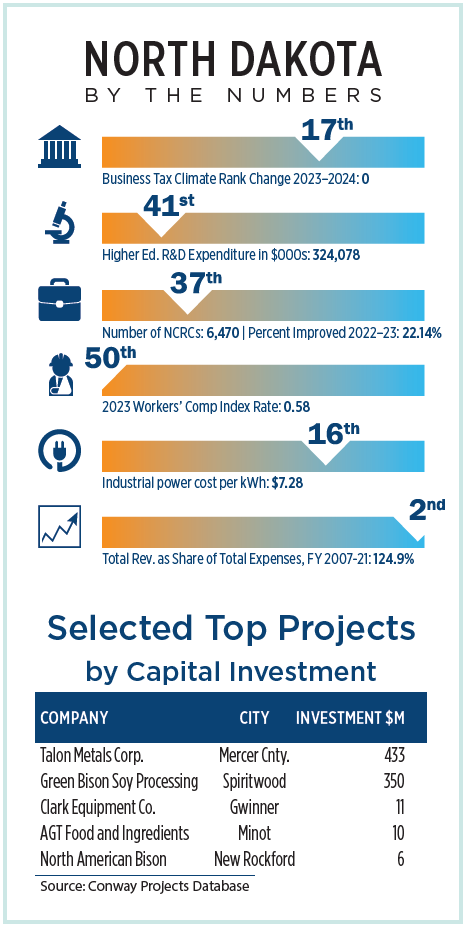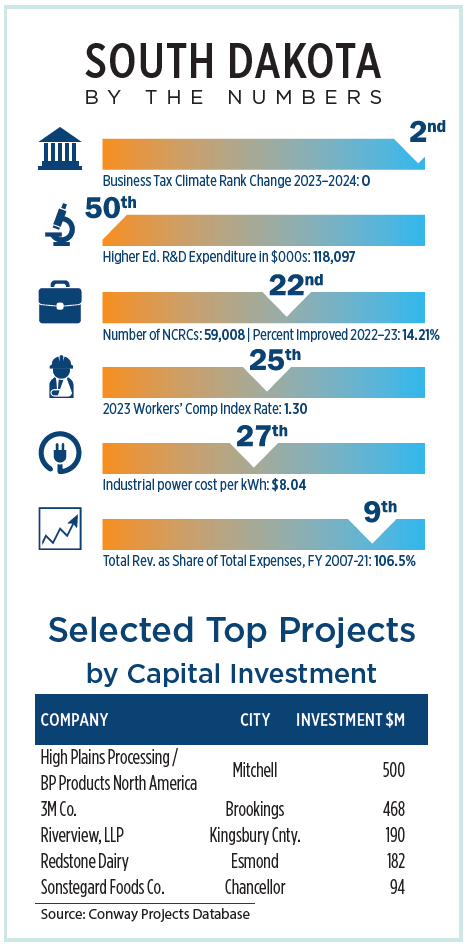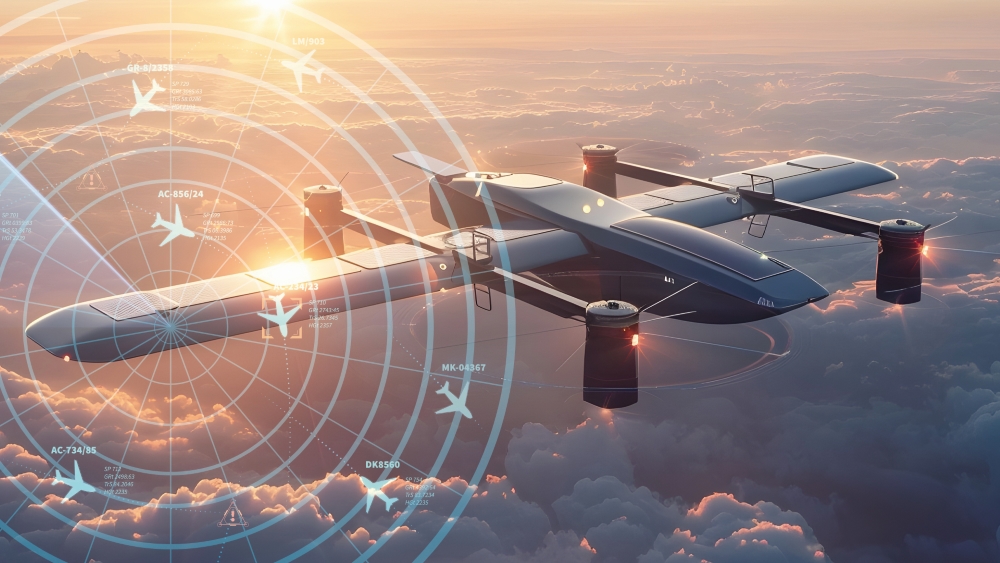Companies such as Amazon, UPS, FedEx and DHL have pioneered how their operations could streamline airborne delivery of everyday goods. In terms of national security, however, there are unexplored new heights to be reached.
Helping to reach them is Project ULTRA — unmanned aerial systems (UAS) logistics, traffic, research and autonomy — which focuses on use of this technology by the Department of Defense (DoD) within the U.S. National Airspace System.

Earlier this year the proposed five-year project scored $18.25 million through an Indefinite Delivery/Indefinite Quantity contract from the DoD’s Washington Headquarters Services. North Dakota’s Grand Forks County and the GrandSKY business and aviation park at Grand Forks Air Force Base, in collaboration with the likes of NASA and the Air Force Research Laboratory, spent four months between May and September 2024 conducting UAS simulations to build a safety case for the Federal Aviation Administration (FAA) and the DoD.
The team is studying the AirSpace Integration Services (ASIS) system, and the ability to create a ubiquitous, democratized airspace that will allow UAS operations to safely fly and carry cargo through both military and civilian environments. Research focuses on conducting flights within FAA-controlled Class Echo Airspace, which currently bans UAS use without authorization.
Project ULTRA Director Chris Hewlett hopes to broaden the perspective of ASIS through Project ULTRA, allowing for more opportunities to utilize this technology, push boundaries in traffic management and improve national security.
“We demonstrated the capacity,” Hewlett says. “We created an environment that allowed people to look at the federal UAS service suppliers that NASA and the FRL have been working on to see if they would be applicable to this logistics mission. All of those things were accomplished in Task Order 1.”
A Skyways V2.6 drone was identified as the UAS the team will begin using for simulation and data gathering as they move on to the $3.49 million Task Order 2, which will take place until September 2025.
On wheels, the 100-mile round trip through the remote and rural region between Grand Forks Air Base and the Cavalier Space Force Station would take an average of three hours without stopping. Hewlett states that by UAS, accounting for cargo drop-off, a round trip can take place in one hour.
“This is very demonstrative of what we want to do for the U.S. military,” he continues, “which is create access through air corridors and airspace utilization with these new technologies to improve the lives of the sailors, soldiers, airmen, marines and guardians that are taking care of our country.”
The specified flight path flows from military to civilian airspace, using GrandSKY’s beyond-visual-line-of-sight Ground-Based Sense and Avoid system to ensure real-time airspace awareness and safety. Information accrued over this period will be vital to receiving flight authorization and waiver approvals from the FAA to begin actual flights by June 2025.
“We’re at a critical juncture now, where I think people have spent a tremendous amount of time, effort and money on research and development,” says Hewlett. “The difference, and key point, in Project ULTRA is operationalization. The government is looking for an opportunity to grab hold of these technologies and capabilities, building core competencies to scale and implement it in places not just in the U.S., but outside of the continental U.S. also.”
The Project ULTRA team in later research stages plans to integrate smaller UAS technologies on military bases. If approved, that step will allow for constructing normal flight operations to improve the lives of personnel and families stationed on-site.
For Hewlett, North Dakota provides the ideal conditions for Project ULTRA to succeed. He calls the state a “unicorn” in terms of support. County and state leadership, military officials and government agencies like NASA and the FAA have created the ecosystem of collaboration needed to make this work.
“I can’t stress enough how much of an unbelievable ecosystem of opportunity there is to be able to do things like that, and it just happens to be here in Grand Forks, North Dakota,” says Hewlett. “It is probably one of the nicest places to do business, especially in this industry.”

South Dakota
In South Dakota, one company looks to ensure moving earth is made easy.
To celebrate 50 years of developing and manufacturing rough-terrain handling, access platforms and earthmoving equipment for agriculture, construction and various industrial markets, Manitou Group is introducing new capabilities to its site in Yankton.
In September, the company announced a 75,000-sq.-ft. expansion to the existing 220,000-sq.-ft. telehandler and articulated loaders facility. With a $20 million investment Manitou plans to incorporate a new automated moving assembly line and laser-cutting machines.
“The expansion of our Yankton site, which is now 50 years old, strengthens our group’s historic presence in the United States,” said Manitou Group Vice President of Compact and Articulated Loaders Product Unit Alexandre Caharel. “This is an important growth lever in a particularly dynamic market.”
News of the Yankton expansion comes just one year after the company introduced an 80,000-sq.-ft. expansion to its 325,000-sq.-ft. skid loaders manufacturing plant, 95 miles north in Madison. These investments will help Manitou increase output from its South Dakota production facilities by 150% within the next two years.
“This new industrial site will enable us to keep pace with this strong demand,” said Caharel of the Yankton investment, “while delivering ever greater added value to our customers.”

